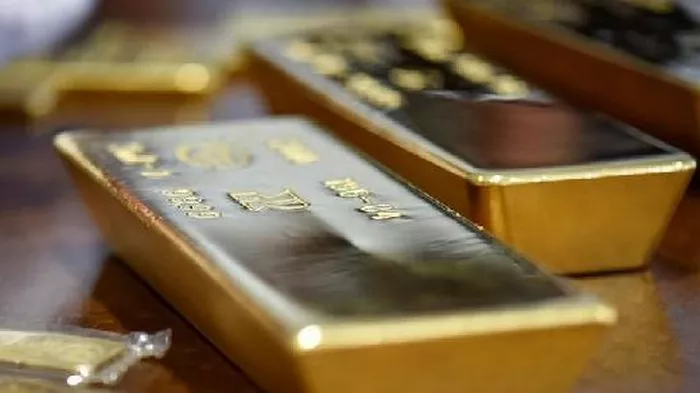Trading in financial markets requires a nuanced understanding of various instruments, and one such instrument that holds significant appeal is silver futures. Whether you’re a seasoned trader looking to diversify your portfolio or a newcomer eager to explore the world of commodities, mastering the intricacies of silver futures trading is crucial.
Understanding Silver Futures
Before delving into the mechanics of silver futures trading, it’s essential to grasp the basics. Silver futures are financial contracts that obligate the buyer to purchase, or the seller to sell, a specific amount of silver at a predetermined price on a future date. These contracts are standardized and traded on commodity exchanges, providing traders with an avenue to speculate on the future price movements of silver without owning the physical commodity.
The Mechanics of Trading Silver Futures
To begin trading silver futures, one must navigate the commodity futures market. This involves opening an account with a brokerage firm that offers access to commodity exchanges. Traders can then analyze market trends, study historical price movements, and utilize technical and fundamental analysis to inform their trading decisions. It’s crucial to familiarize oneself with the specific contract details, including the contract size, expiration date, and tick size, to make informed and strategic decisions.
Risk Management Strategies in Silver Futures Trading
As with any form of trading, risk management is paramount when dealing with silver futures. Volatility in commodity markets can be substantial, and unforeseen events can lead to significant price fluctuations. Implementing risk management strategies, such as setting stop-loss orders, diversifying your portfolio, and carefully sizing your positions, is essential to protect your capital and minimize potential losses. Traders should also stay informed about geopolitical events, economic indicators, and other factors that can impact the price of silver.
Technical Analysis for Silver Futures Trading
Technical analysis is a valuable tool for silver futures traders, helping them make informed decisions based on historical price data and market trends. Chart patterns, trendlines, and technical indicators such as moving averages and relative strength index (RSI) can provide insights into potential entry and exit points. Understanding how to interpret these indicators and integrate them into your trading strategy is key to gaining a competitive edge in silver futures markets.
Fundamental Analysis and Market Factors
While technical analysis focuses on price movements, fundamental analysis delves into the underlying factors that influence the value of silver. Economic indicators, supply and demand dynamics, geopolitical events, and interest rates can all impact the silver futures market. Traders should stay informed about these factors and be able to analyze their potential effects on silver prices. A comprehensive understanding of both technical and fundamental analysis can enhance decision-making and trading success.
Developing a Trading Plan for Silver Futures
A well-defined trading plan is a cornerstone of success in silver futures trading. This plan should outline your risk tolerance, trading goals, and strategies for entering and exiting positions. It should also include contingency plans for unexpected market developments. Regularly evaluate and adjust your trading plan as needed, considering your evolving market knowledge and changing financial circumstances.
Leverage and Margin in Silver Futures Trading
Leverage can amplify both gains and losses in silver futures trading. While it provides the opportunity to control a larger position with a smaller amount of capital, it also increases the risk of significant losses. Traders should exercise caution when using leverage and be mindful of margin requirements. Understanding the implications of leverage on your trading account is crucial to maintaining financial stability and avoiding unnecessary risks.
Staying Informed: Market Analysis and News
Successful silver futures traders stay abreast of market developments and news that can impact silver prices. Regularly analyze market reports, economic indicators, and global events that may influence the supply and demand dynamics of silver. Being proactive in staying informed about the factors affecting the silver futures market allows traders to make timely and well-informed decisions.
Psychology of Trading: Emotions and Discipline
The psychology of trading plays a significant role in silver futures markets. Emotions such as fear and greed can cloud judgment and lead to impulsive decisions. Maintaining discipline, sticking to your trading plan, and managing emotions are essential aspects of successful trading. Establishing realistic expectations and understanding that losses are part of the trading process can contribute to a more resilient and disciplined approach to silver futures trading.
Conclusion
In conclusion, trading silver futures offers an exciting avenue for diversification and speculation in the financial markets. However, success in this arena requires a comprehensive understanding of the market mechanics, risk management strategies, technical and fundamental analysis, and the psychology of trading. By developing a well-defined trading plan, staying informed about market developments, and continuously honing your skills, you can navigate the complexities of silver futures trading with confidence and increase your likelihood of success in this dynamic and rewarding market.


